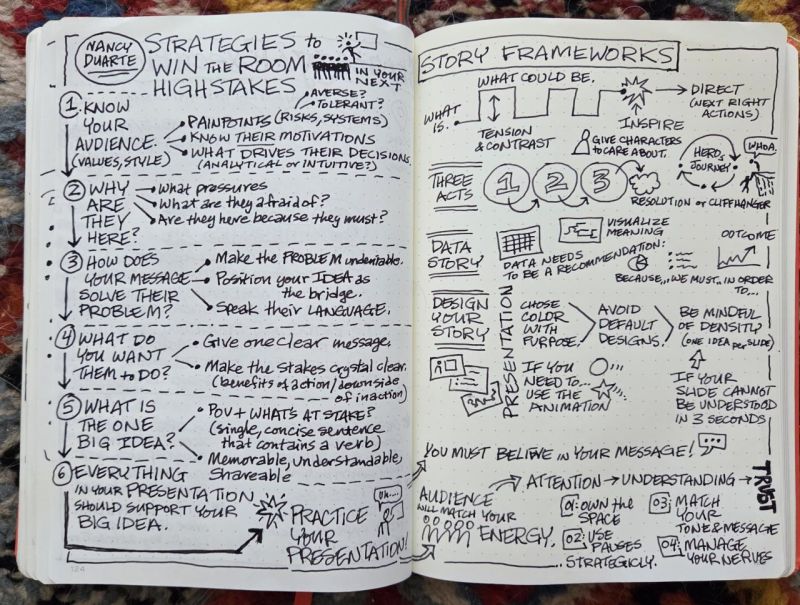Trends
When the River Roars: DDB’s Sunset and the Creative Revolution That Will Never Die The End of an Era, Not a Spirit

The rumors swirling about DDB’s potential sunset feel like a seismic jolt to the soul of advertising—a heartbreak, a reckoning, and a test of our industry’s collective memory. “Cuando el río suena, agua lleva”: when rumors carry this much weight and momentum, it’s time to brace for the truth and respond with the passion DDB always inspired. By Luis Miguel Messianu
How Public Relations Helps Your Paid Ads

Paid advertising can quickly put your brand in front of the right audience, but it takes more than visibility to see long-term results — that’s where public relations comes in. Discover how PR builds credibility and drives stronger paid ad performance for better ROI. By Lukas Partners Team
Most AM/FM Radio Listening Remains on Radio Receivers

The dramatic rise of digital audio platforms and technologies over the last decade has been chronicled by Edison Research’s Share of Ear® study. Listening to streamed audio content on phones, computers, smart speakers, and smart televisions now dominates the audio sphere. While AM/FM radio is available on all these digital devices, the radio receiver remains the dominant device the U.S. 13+ population uses to listen to AM/FM radio during an average day.
2025 Holiday Travel Survey. [REPORT]

Travel continues to hold a treasured place in holiday plans, but many Americans are holding their wallets a little closer this year. Our 2025 Deloitte Holiday Travel Survey finds that financial concerns appear to lie at the root of several indicators of a softer season, despite the continued enthusiasm for travel.
WHAT DRIVES CONSUMER CHOICE, AND HOW BRANDS SHOULD RESPOND – How humans decide. [REPORT]

Reaching a target audience in an attentive state (with the right content) is a widespread equation for effective brand communication. But should it be? Are reach and attention enough to influence people to buy, and continue buying, your brand?
Clarity in Chaos: How Culturally Inclusive Marketing Restores Growth Certainty

Marketers today have more tools and data than ever, but less certainty about how to utilize them effectively. The issue isn’t information—it’s insights and growth-focused actions. By Carlos Santiago, CEO, Santiago Solutions Group, Co-Founder, Cultural Inclusion Accelerator, and AIMM
Healthcare Access, Wealth, and the Future of Hispanic Prosperity

Access to quality healthcare is more than a public-policy concern—it is a defining factor in the ability of Hispanic professionals, entrepreneurs, and small-business owners to build, sustain, and pass down wealth. Health is both a personal investment and an economic strategy. Protecting it safeguards the capacity to create, lead, and grow wealth for the next generation. At Semilla Multicultural™, we view healthcare access as part of a broader ecosystem of opportunity—one that connects personal well-being, financial empowerment, and the long-term vitality of the Hispanic community. By Gabriela Alcántara-Diaz | Semilla Multicultural
The Power of Collaboration: Reinventing Brand Storytelling in a Changing Market

Strategic partnerships aren’t a passing trend—they’re redefining how brands connect, create, and stay relevant.
Many presenters lose their audience within the first 30 seconds. [INSIGHTS]

Many presenters lose their audience within the first 30 seconds. By Nancy Duarte - CEO at Duarte, Inc.
Stop Trying to Impress Your Clients. Get Curious About Them Instead.

After years of agencies, I thought I understood my clients...until I became one. For most of my career, I was on the agency side. Fast-paced. Deadline-driven. Client calls, brainstorms, pitches, repeat. By Madison Lazas - PR & Comms Strategist for Brands, Execs & High-Stakes Moments
Culture Decoded – How Hispanic GenZ Redefines Authentic Brand Engagement. [REPORT]

Hispanic Gen Z consumers are reshaping the way brands connect with culture and audiences.
IMMIGRATION RAIDS IMPACT [REPORT]

Immigration Enforcement Is Reshaping Consumer Behavior, Public Trust, and National Sentiment Our survey findings reveal the consequences of immigration enforcement, particularly ICE raids, on Hispanic communities and broader American society, influencing spending habits, public engagement, brand trust, and national identity.
The World Cup Playbook Unlocking a $41 Billion Business Opportunity. [VIDEO]

Last month, alma brought together industry experts to talk all things 2026 World Cup and what it means for brands. In case you missed it, we’ve rounded up some of the top takeaways from the session.
Holiday Retail Survey [REPORT]

2025 marks the 40th year of the Deloitte Holiday Retail Survey, and the retail transformation over that time has been remarkable. Holiday shopping has shifted from crowded malls and print circulars to a world of omnichannel convenience, digital discovery, and artificial intelligence-powered tools. Yet one constant remains: The holidays are when consumer behavior reflects both the realities of the economy and the desire to celebrate.
The Hidden Cost of an Empty Marketing Chair

“We’ll manage without a CMO for a few months. The CEO can oversee marketing temporarily. How much damage could six months really do?”
Casanova//McCann launches “CORRIDOS RESCUE CORRIDOS,” in support of LGBTQ+ YOUTH

Singer-songwriter Ivonne Galaz, known as the first woman to perform corridos tumbados, in partnership with creative agency Casanova//McCann, DLuna Music, and Universal Music Publishing Group, presents the powerful corrido “Nadie Sabe” , a musical piece inspired by a reality many are unaware of: 40% of homeless youth in the United States identify as LGBTQ+, and 17% are Latino.
How today’s consumers are spending their time and money [PODCAST]

People are spending more of their time alone and online. Gen Zers don’t feel financially secure but are willing to splurge. In their search for value, shoppers are buying smaller pack sizes or lower quantities of their preferred brands.
Mid-market marketers are turning to AI to gain a competitive edge as strong winds to growth prevail

A new study by WARC and Intuit Mailchimp presented by LIONS Advisory reveals marketing teams in mid-market companies are in transition in how they are leveraging AI as an “equalizer” that enables them to amplify their impact and give them a competitive edge.
Americans have mixed feelings about AI summaries in search results

Many search engines like Google or Bing now use artificial intelligence (AI) to provide users with short answers or overviews at the top of the page that are separate from traditional search results.
News Influencers Fact Sheet

News influencers on social media have become a popular alternative to traditional journalists and news organizations as a source of news for many Americans. This fact sheet looks at Americans’ experiences with news influencers on social media. Explore the patterns and trends below. 28% of Hispanics get their news from news influencers on social media.


























